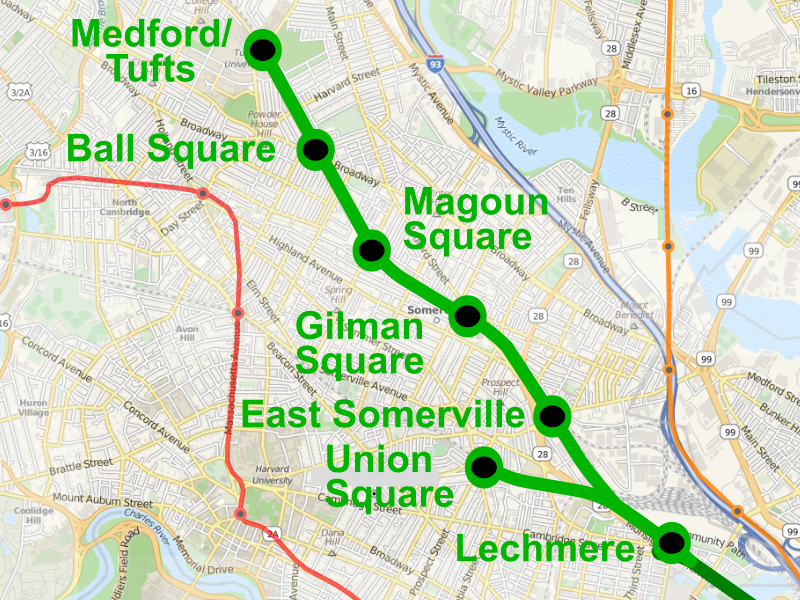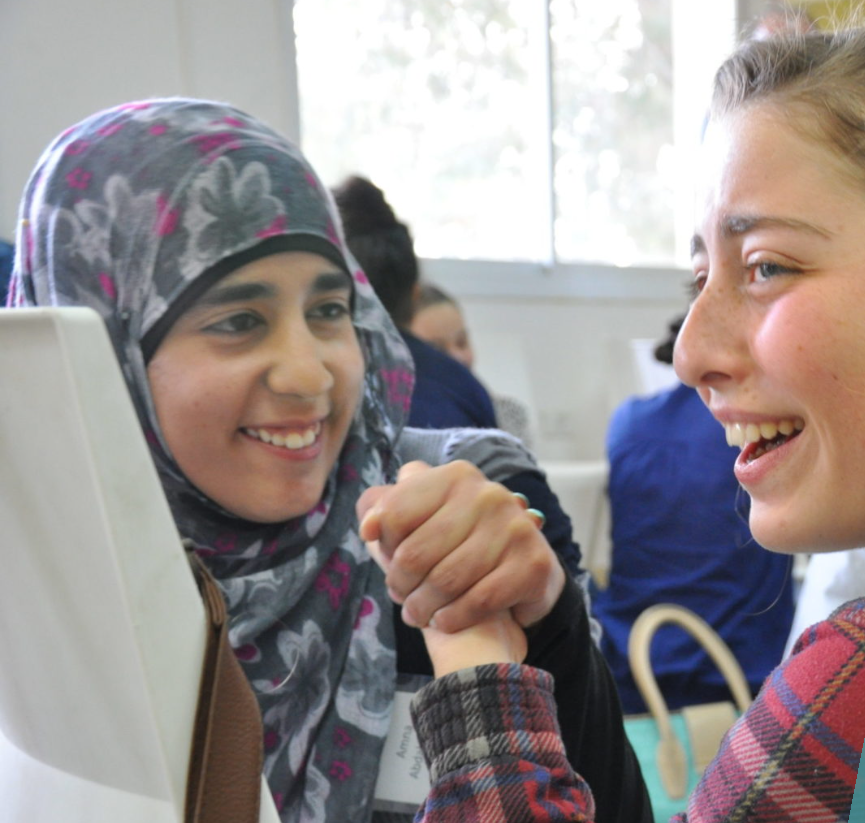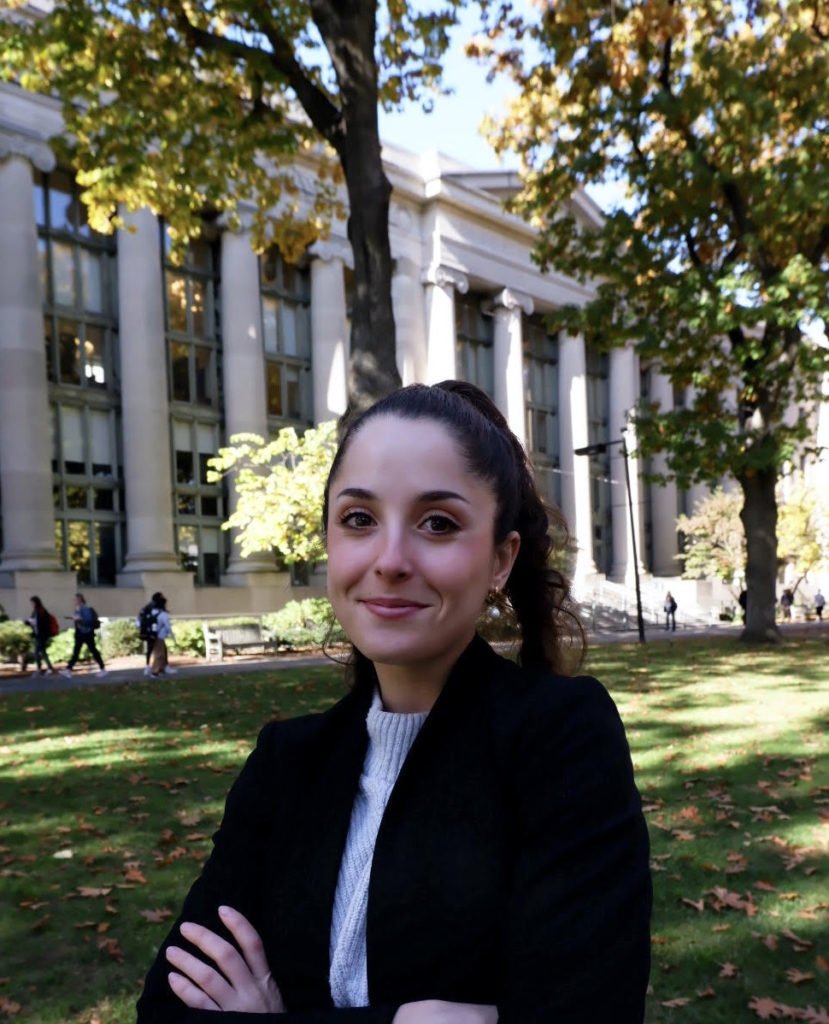by Carla Luna ’21
Imagine this. You are facilitating a local community meeting over Zoom. Although all participants have their audio and video enabled, about half are staring down at their cellphones while another participant (whom you recognize from two previous meetings) is single-handedly carrying the conversation. As a new participant starts to chime in, your virtual veteran cuts her off mid-speech. She mutes. This is facilitated dialogue post-COVID.
In the age of COVID-19, facilitated dialogue which would typically be held in-person has necessarily moved online. While, on the one hand, video conferencing enables facilitators and organizations to expand their geographic reach, virtual meetings often require a heavier facilitation lift than in-person meetings. Remote dialogue comes with its own set of problems, including:
- Greater risk of external distractions (e.g. work, e-mail, texting);
- Difficulty hearing clearly because of background noise;
- Technical difficulties;
- Decreased richness of communication (up to 80% of non-verbal cues could potentially be lost when we move online).
It also exacerbates more traditional challenges that facilitators face such as:
- Building relationships;
- Managing participants who speak over one another;
- Encouraging quieter participants to contribute (we often see a lag in online participation; many people are intimidated to participate and instead choose to hide behind the comfort of their screens.
Online communication can create a gulf between participants and facilitators, making dialogue feel shallow or sparse, a challenge which we, as facilitators, must work to overcome.
In this blog post I will focus on how facilitators can creatively engage participants in online dialogue.
Fostering Participant Engagement
The biggest challenge of facilitating remote dialogue is keeping participants interested and engaged. That is, in part, due to the lack of accountability for engagement. When we are together in a room, participants may feel obligated to participate, but in situations like a group video conference, where you can’t invite someone to participate with a nudging glance or a friendly smile, you have to learn additional ways to elicit voluntary engagement.
Online dialogues are communal spaces, drawing people with varying levels of familiarity, experience and comfort with a given topic. Within one online group, different online personalities may emerge. In Cluster A, you may have regular participants who know each other by name, each with their own arsenal of little-known facts about the topic. In Cluster B, you may find participants who have attended one or two meetings previously. They have a sense of the subject vernacular but are still trying to get a full grasp of the subject. Finally, in Cluster C, there are the first-time attendees who contribute minimally, if at all.
The Observers
Cluster C is made up of what we might call “Observers,” those who choose to neither comment nor engage with other participants. For various reasons, people from Clusters A and B might occasionally migrate into Cluster C. While the purpose of this blog is not to discuss all of these reasons, I will note that some participants (consciously or otherwise) create personas when working online. That we can present different selves to others is not a new idea—our online selves are informed by our offline selves—but online, the boundaries are much more fuzzy.
“Observers” are able to attend in-person facilitated meetings to get a taste of an issue without making a major commitment. Although there may be legitimate reasons for which “observer” behavior is appropriate, there is also a great degree of discomfort that can come with being in that role, especially if the person is absorbing difficult messages. It is difficult to know as the facilitator, however, for which purpose each participant is joining the dialogue. Overt behaviors, such as head-nodding and eye contact, which are usually a good proxy to reflect different modes of engagement become muted, leaving facilitators struggling to deduce whether, in fact, participants are actually engaged. For this reason, it is even more important that online dialogue participants voice where they are at, even if it’s by saying “pass” or using reactions, such as thumbs up or thumbs down.
How can facilitators reach these participants to ensure that they do not drift too far offshore?
Below are some tips for fostering participant engagement in online dialogue:
- To encourage participants to remain engaged in the dialogue, create opportunities for participants to take on meaningful responsibility. Consider assigning people separate roles such as timekeeper or specialized note-takers for each of the following:
- Action Items: Tasks following the meeting
- Decisions: agreements, inflection points, and issues that are closed
- Bookmarks: open issues to be assigned or confirmed later
- Structure your dialogue in such a way that everyone in the room feels invited and encouraged to be an active participant, understanding that “active participation” can include a range of behaviors including both speaking and active listening. Let people know you “see” them. The more seen people feel, the more they are likely to engage. Here are a few examples of what those signals might look like.
- “It looks like only about half the group has shared ideas in the chat. If anyone is having trouble with the chat, let us know, or you can share out loud.”
- “I see a lot of heads down on the web cameras, so I’m going to give you two more minutes to journal.”
- Consider using the breakout room function to post questions to pairs or small groups. Assign different tasks to each group and rotate which person in the breakout group shares out to the larger group.
- Be patient. If you find yourself having to use multiple methods to engage a particular participant, do not become frustrated. Recognize that by using these tools, you are simply extending an invitation and it is up to the individual participant to accept.
The suggestions provided above are intended to help facilitators become more mindful of managing participant engagement during remote dialogue. What else have you tried that helped? Please share in the comments.









